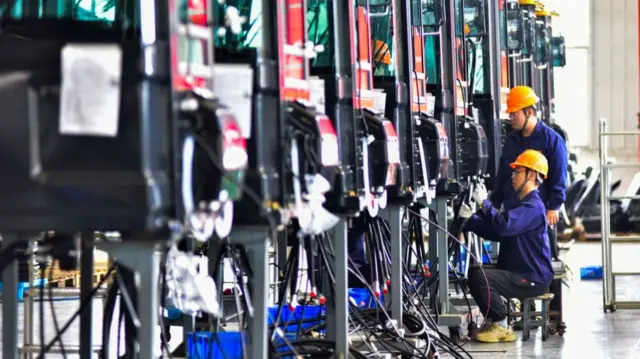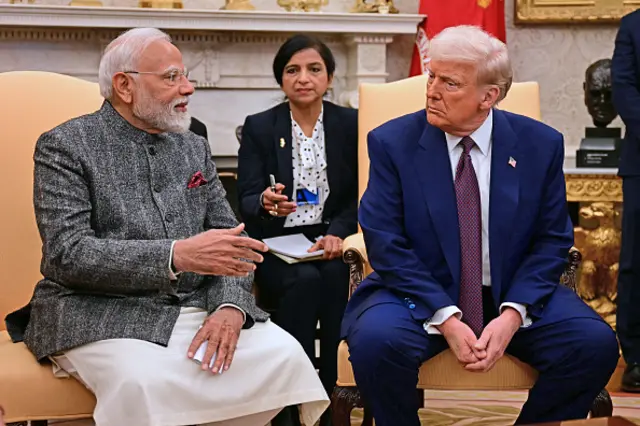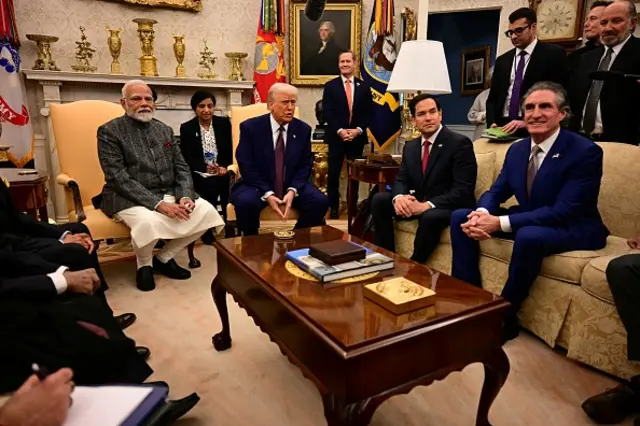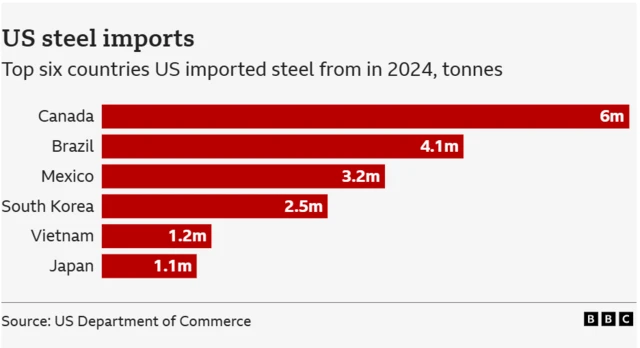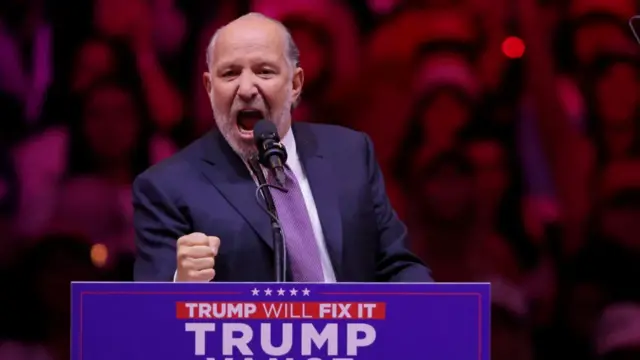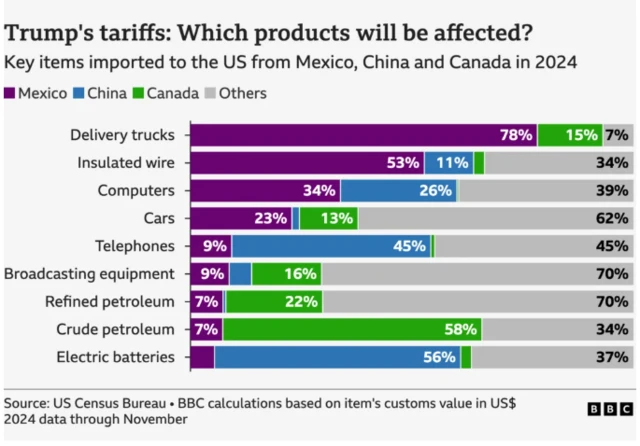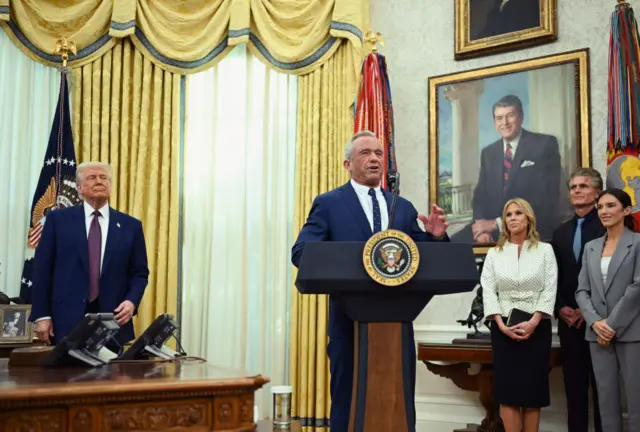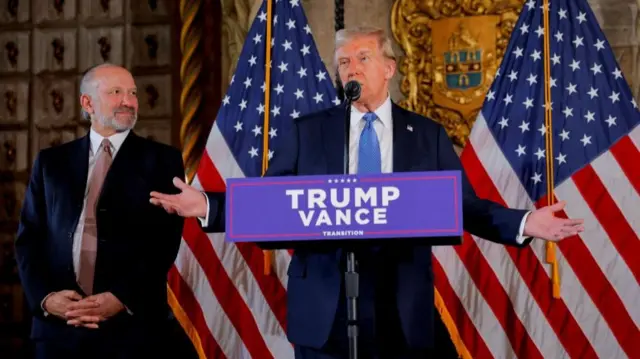Trump and Modi say meeting will revolve around tradepublished at 22:04 Greenwich Mean Time 13 February
Watch: Trump and Modi say meeting will revolve around trade
Indian Prime Minister Narendra Modi is now meeting with President Trump at the White House. The two just shared remarks while seated side-by-side in the Oval Office, along with other officials.
Trump says it is an honour to see Modi and said the two will be talking about trade.
"I’m delighted to see you and be back at the White House," Modi says to Trump.
"I firmly believe with Trump we will work with twice the speed we did in his first term." he added.
